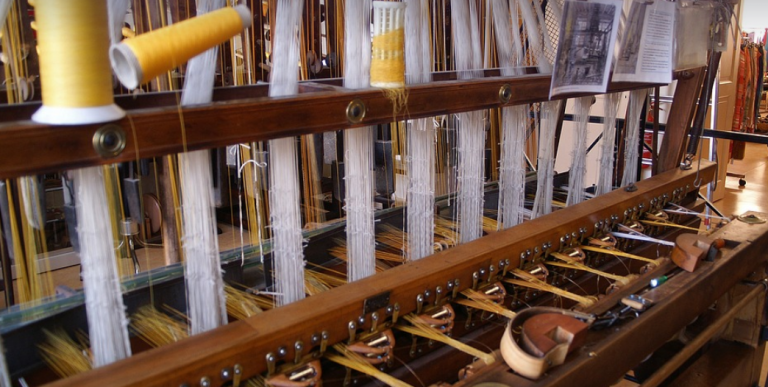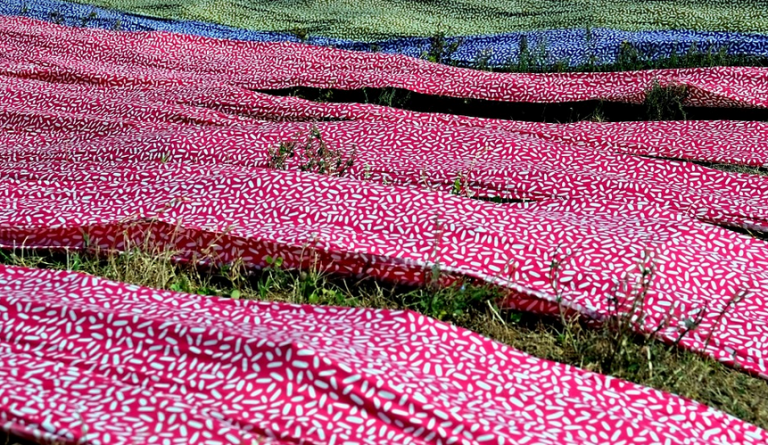
A Deeper Dive into Wildlife Capture
Catching animals, whether for research, wildlife conservation, or even pest control, is a complex subject that requires understanding and responsible practices. While animal nets are tools used in various settings, their use necessitates careful consideration of ethical implications and the welfare of the captured creatures. The goal shouldn’t be just to capture but also to understand how to do it safely and effectively.
For instance, imagine a researcher catching birds for study. A simple bird net might seem straightforward, but there are nuances involved in ensuring minimal stress and discomfort for the bird during capture. The process can involve gentle handling, careful positioning of the net, and minimizing noise and sudden movements to allow the birds to adjust without undue stress.
Let’s delve into different types of animal nets and analyze their applications.
Animal nets are diverse in design, with each serving a specific purpose. Some common types include:
- Bird Nets: Designed for capturing birds, these nets often have lightweight materials like nylon or fiberglass that allow easy maneuvering within the air currents. The netting is designed to be breathable and minimize discomfort for the bird.
- Squirrel Nets: Designed specifically for handling medium-sized mammals such as squirrels, these nets are typically heavier and made of durable material like cotton blends or canvas. The wider base creates a more stable net and reduces the risk of accidental escape
- Fish Nets: In coastal areas, where fishing is prevalent, specialized fish nets play an essential role. These nets come in various sizes and designs to cater to different types of fish and water conditions.
The use of animal nets comes with its own set of challenges. One such challenge is the potential for physical injuries or distress to animals caught in the net.
To mitigate these risks, ethical considerations must guide practices:
1. **Animal Welfare:** Ensuring that captured animals are treated humanely at all stages of capture, from initial restraint to release. This includes minimizing stress and discomfort through gentle handling techniques, proper restraining methods, and timely medical attention if required.
2. **Minimizing Physical Harm:** Nets should be designed to reduce the risk of injury or suffocation. For instance, using nets with soft edges and ensuring they are always properly secured can prevent accidental entanglement.
3. **Environmental Impact:** Choosing eco-friendly materials for the netting, ensuring the net’s impact on surrounding flora and fauna is minimal. This might involve utilizing biodegradable nets or strategically positioning them to avoid unnecessary disturbance to wildlife habitats.
4. **Transparency & Documentation:** Maintaining clear records of all catch procedures, including animal identification, handling methods, and any potential injuries. Transparency in these practices builds trust with the public and strengthens accountability in the field.
- Ethical Considerations: A deeper dive into responsible animal capture goes beyond just using nets effectively. The very foundation of ethical wildlife management involves understanding the needs and desires of all involved creatures, from the subject to the observer. For instance, consider the implications of capturing a bird for study; is the benefit to knowledge worth putting its wellbeing at risk?
The practice of animal capture requires careful planning and execution. By learning more about different types of nets used for various purposes, we can gain valuable insights into their potential misuse and how these tools can be employed responsibly.
Ultimately, the goal should be to maximize benefits and minimize harm. When used ethically, animal nets can play a crucial role in wildlife conservation and research while upholding the well-being of all creatures that come into contact with them.
The world of animal capture is vast and intricate, filled with both opportunities and challenges. By focusing on responsible practices and minimizing harm, we can use these tools to understand, protect, and conserve our precious wildlife for generations to come.


